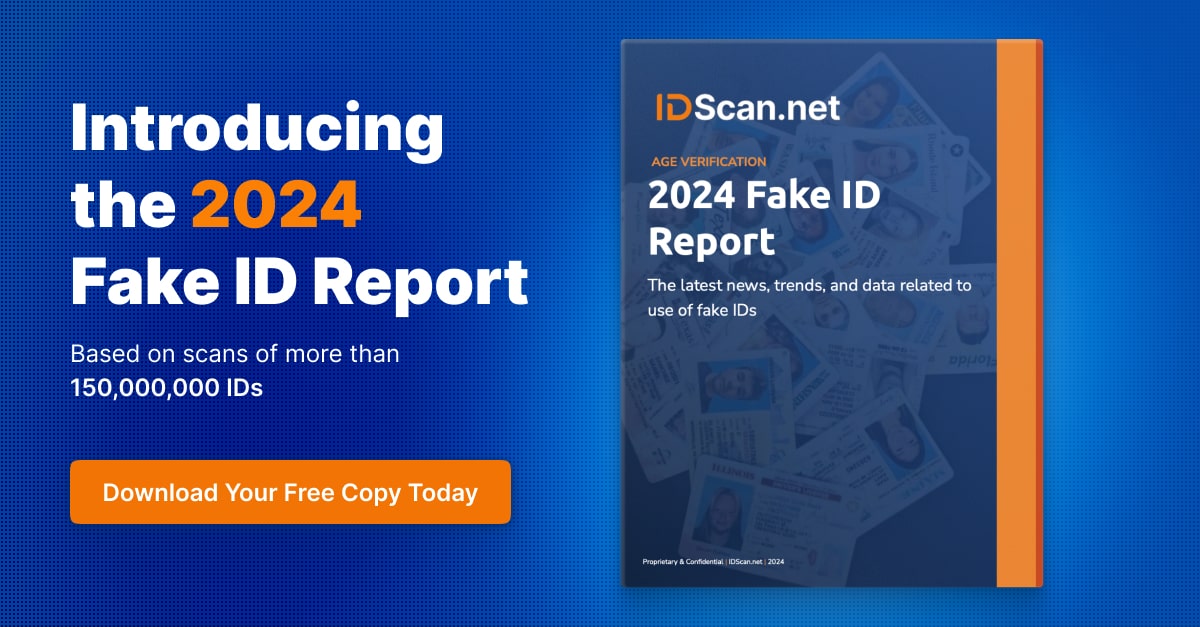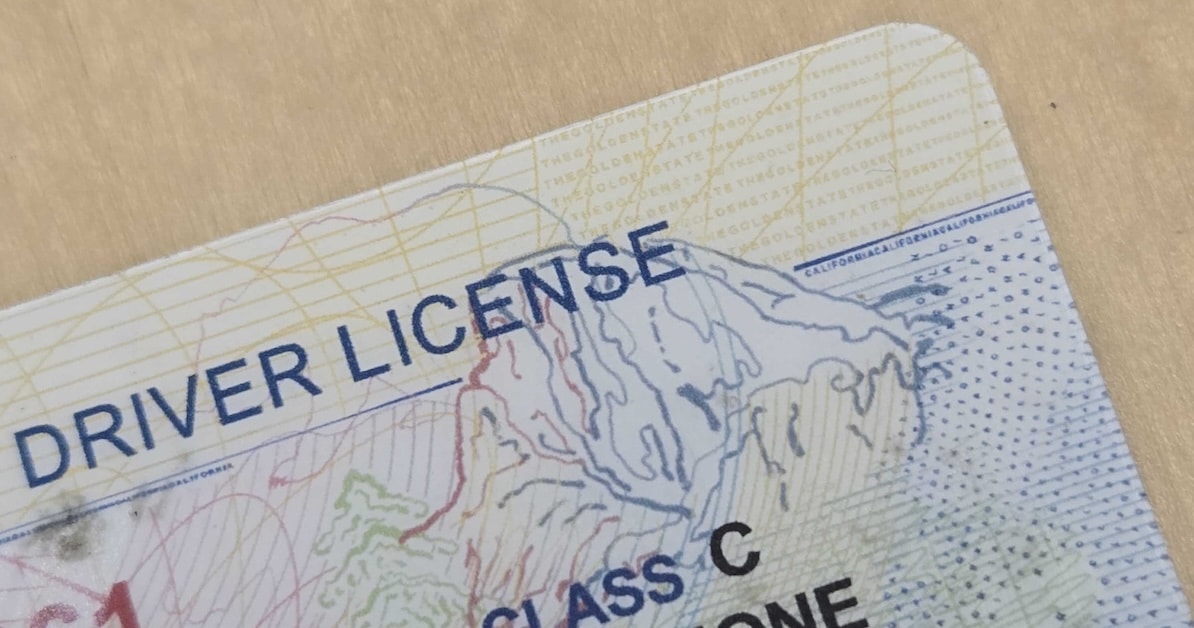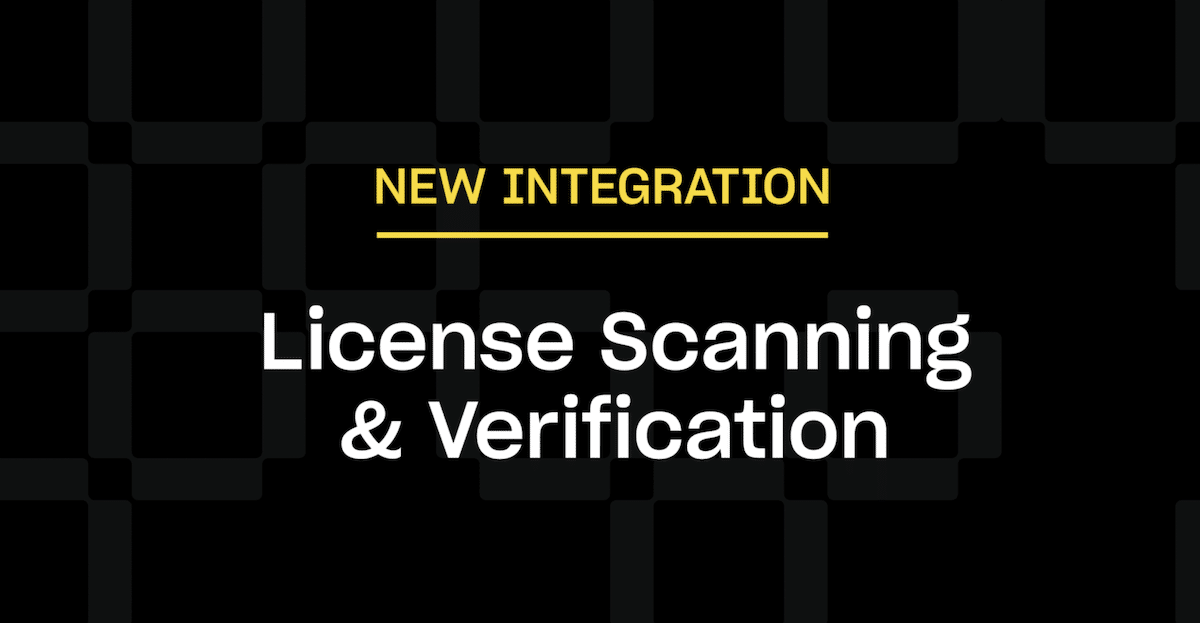IDScan.net releases its Fake ID 2024 report, compiling proprietary data of 150,000,000 identities
“Fake IDs have a short shelf life of usefulness and become more sophisticated each year. Up-to-date reporting is important. We want to consistently arm our customers with the best decision making data.”— Terry Slattery, IDScan.net CEO
NEW ORLEANS, LOUISIANA, UNITED STATES, May 9, 2024 / EINPresswire.com / — AI-powered age and identity verification technology IDScan.net has published its annual ID Report 2024, analyzing the company’s proprietary data of 150,000,000 identities verified in the US over the last year across their VeriScan and DIVE ID verification platforms. The report is IDScan.net’s second installment, having verified 40,000,000 identities in 2023.
Analyzing more than 600,000 IDs in each state, it’s been found that Texas, Arizona, New Mexico, South Carolina, and Washington D.C. rank as the top five states where fake IDs are most frequently captured. Ohio, which ranked #1 in IDscan.net’s first report, reduced the prevalence of fake IDs by 50%. At the other end, Missouri, Iowa, New Hampshire, and Rhode Island ranked in the bottom 5 states for fake ID attempts, with Massachusetts reporting the least for the second year in a row.
IDScan.net’s report is available to download here
Read the original post on Fox 31 →


